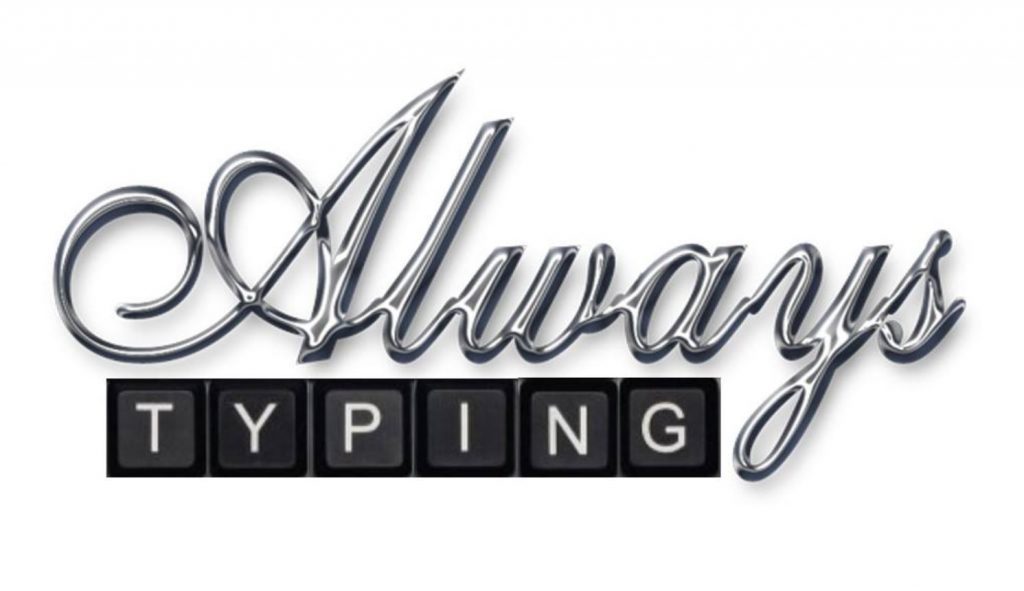On average, 118 people apply for a single job opening. When you think about that, it’s clear why having a great resume that showcases your strengths is a must if you want to get your dream job.
Of course, what a great resume looks like varies from person to person. While hiring managers expect to see a reverse-chronological resume, some job seekers need a functional resume.
If you think you need a functional resume, then keep reading. You’ll learn more about what it is, when to use it, and how to write it.
Table of Contents
ToggleWhat Is a Functional Resume?
There are three widely accepted resume formats: chronological, functional, and hybrid (sometimes called combination). The chronological resume lists your employment history in reverse chronological order. A functional resume, often called a skills-based resume, focuses on skills and achievements instead of dates. And the combination resume has both chronological and functional sections.
Click to see a functional resume example.
When Should You Use a Functional Resume?
There are many different reasons someone would need a functional resume. The most common reason is that you have gaps in your work history. This could be due to several occurrences, but it makes your resume look less than appealing nonetheless.
Another common reason is people who have held too many jobs. For example, say you have worked for a bunch of different companies in the same type of role and don’t want to look like a job hopper. You could use a functional resume to focus on the skills rather than where you have worked and for how long.
Additionally, career changers often turn to a functional resume. When changing to a new career, you don’t have the experience they want to see. But…you probably have more than a few of the skills needed. This type of resume focuses on those so you can make yourself an attractive candidate in a new industry.
It’s important to note that functional resumes are not ideal and should only be used when absolutely necessary. Many recruiters are wary of functional resumes and feel job seekers have something to hide when using them.
How to Write a Functional Resume:
The functional resume format is a bit different from the traditional reverse-chronological document.
Contact Information
At the very top of your resume, you must have your contact information. This seems like a given, but it’s not. You have to have a way for the hiring manager to contact you! When creating this section, include:
- First and last name
- Email (please make it a professional one)
- City, state, and zip code
- Phone number
- LinkedIn link
And that’s it! Many recruiters have turned to social media to beg job applicants not to put their entire address on resumes anymore. It creates a host of security concerns for companies. There have also been instances of discrimination against job seekers based on their address.
Create a Summary
Directly following your contact information, you should have a high-level professional summary. This should be an introduction to the reader that captures their attention about who you are and what you bring to a company.
An example summary:
Highly ambitious sales professional with vast experience in forging lasting relationships with key clients and account holders to maximize sales and revenue. Leverage written and verbal communication skills to drive client engagement and retention. Detail-oriented individual able to collaborate with teams to facilitate culture of cohesion and accountability.
Highlight Your Strengths
This is the star of the show for a functional resume. You want to showcase your strengths and competencies in this section. It should be the largest one on the document.
You should list each skill with a few examples or a paragraph about it. Here is an example:
Communications: articulate communicator able to convey vital information to leadership while applying interpersonal skills to build relationships with clients.
- Alerted leadership of ongoing documentation error causing clients to receive inaccurate account closure notices, leading to 30% reduction in escalated calls.
- Engaged with key clients, forging strong relationships and influencing decision-making to generate $15K in additional revenue.
Work History
When writing your work history, you want to keep it short and to the point. You should only list the past 10-15 years of experience. If you have held several roles with the same title, it’s ok to combine them to make it less obvious. It should look like this:
Great Companies, Somewhere, VA: Sales Agent (2012-2022)
Other Great Companies, Everywhere, VA: Sales Associate (2008-2012)
If you have large gaps, you should leave the years off completely. It would look like this:
Great Companies, Somewhere, VA: Sales Agent
Other Great Companies, Everywhere, VA: Sales Associate
The Best Company, Nowhere, VA: Sales Representative
Credentials
Your credentials section will include:
- Education
- Training
- Certifications or licenses
You should only list training or certifications relevant to the job you are targeting. For example, if you are a certified camp counselor but are applying for a financial advisor role, it’s not important to list.
Additional Information
This section is optional and should only be included if there is room. Common information found here includes:
- Awards or honors
- Publications
- Technical proficiencies
- Board memberships
- Professional organization membership
Get Your New Resume Started Today
Now you understand what a functional resume is and when you should use it. If you are still confused or just don’t want to write it, we are here to help!
There are many different types of resumes, and it’s difficult to know which is best. This is why hiring a professional resume writer is a good idea. Check out our services or contact us to get started.



